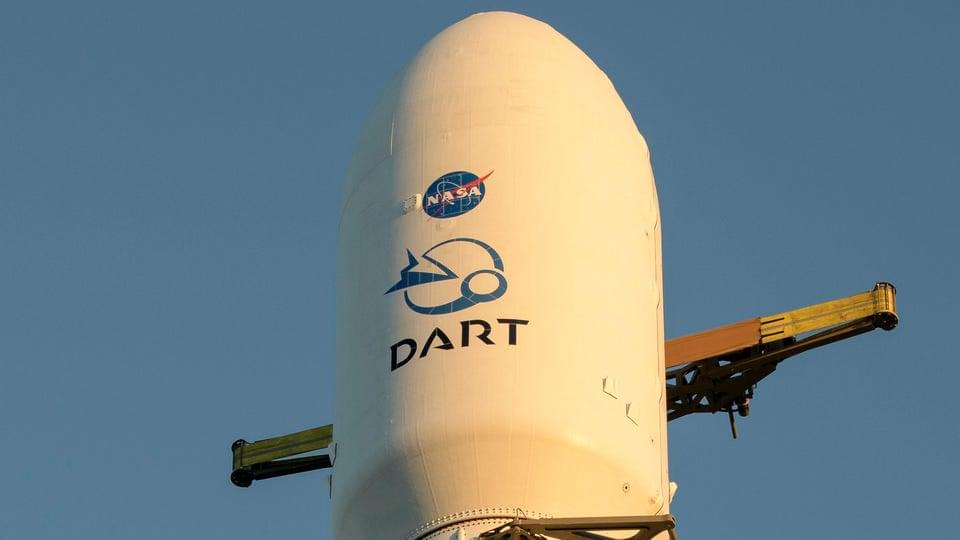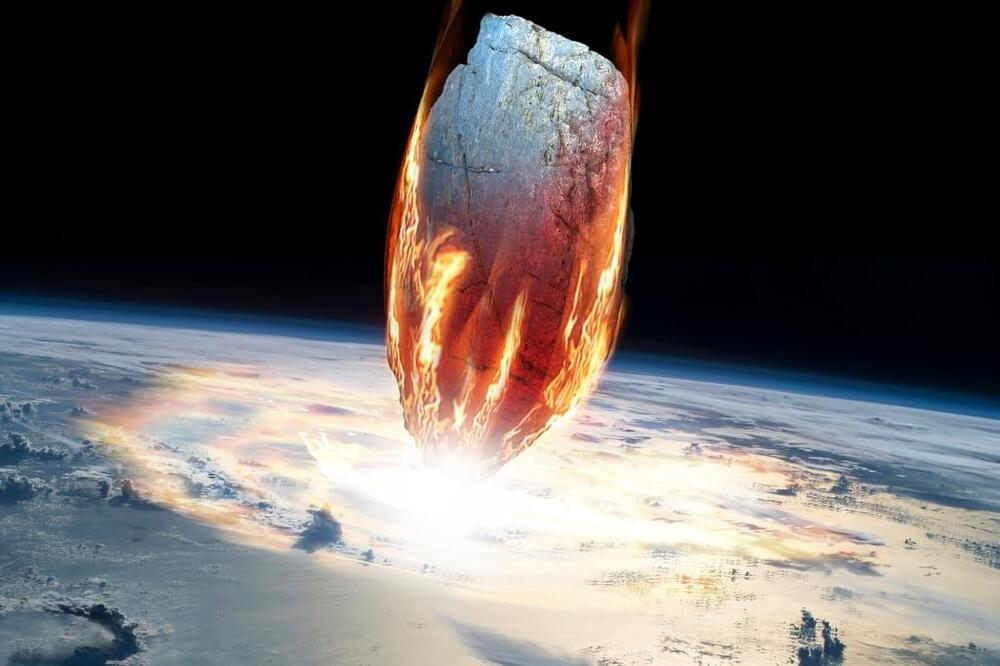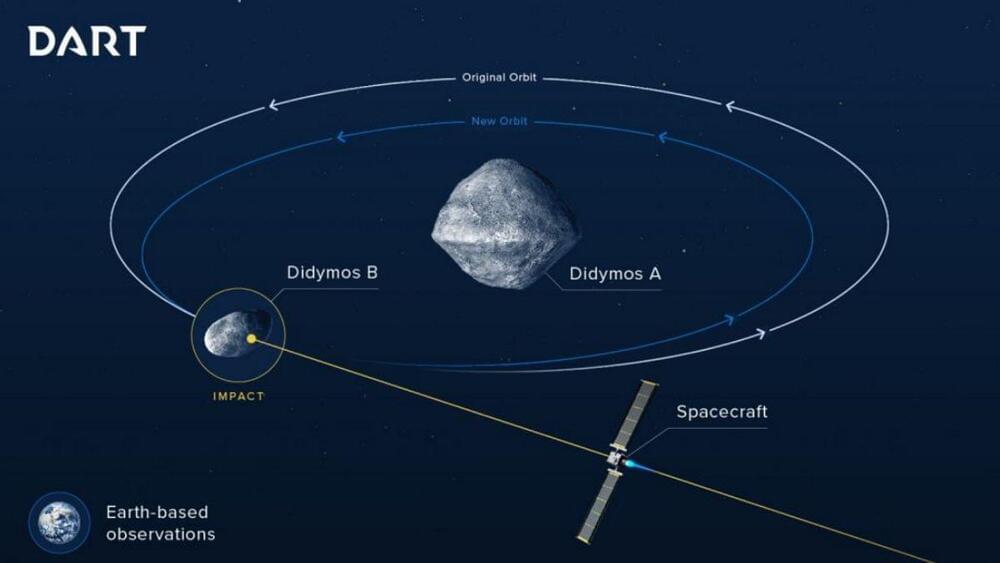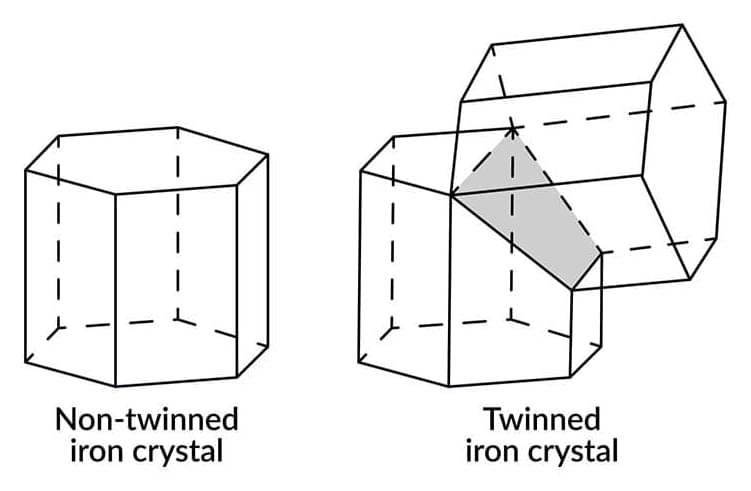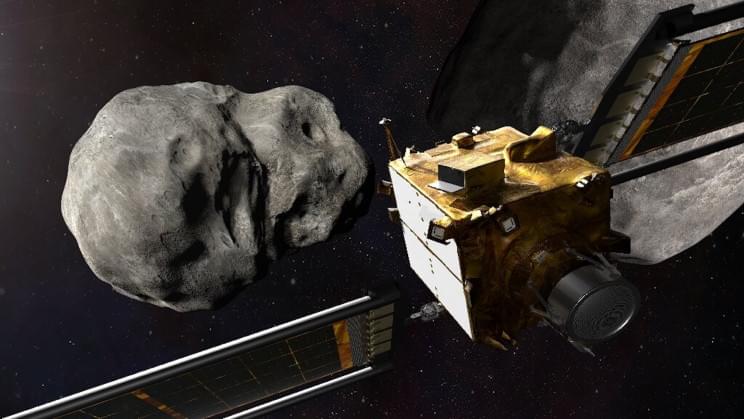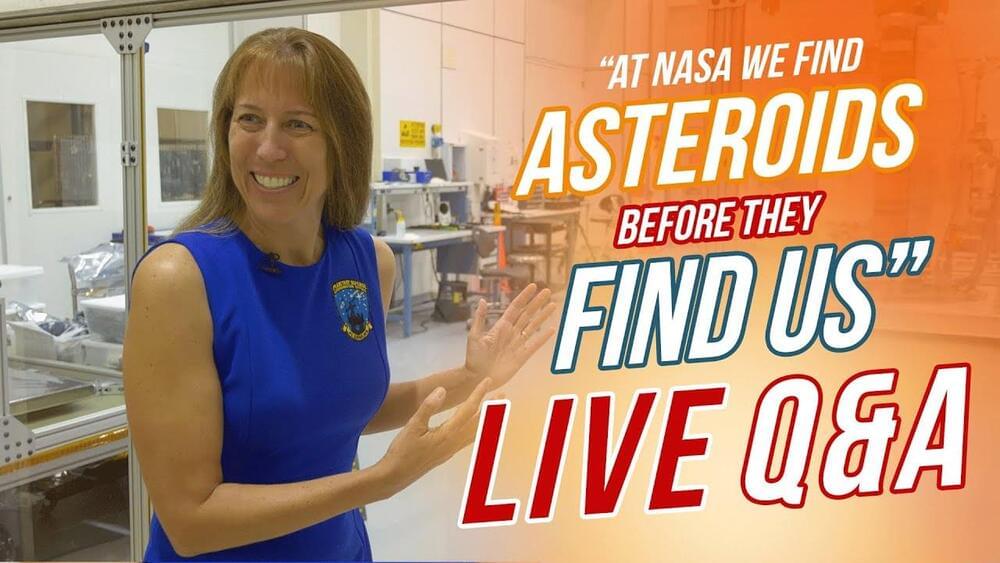An asteroid the size of the Eiffel Tower is heading towards Earth this month and it’s considered an especially unique piece of rock by scientists.
The asteroid 4,660 Nereus is classified as a “potentially hazardous” piece of rock because of its proximity to Earth. On Dec. 11, NASA expects it to be at its closest point to Earth over a 20-year period. The asteroid was discovered back in 1982.

